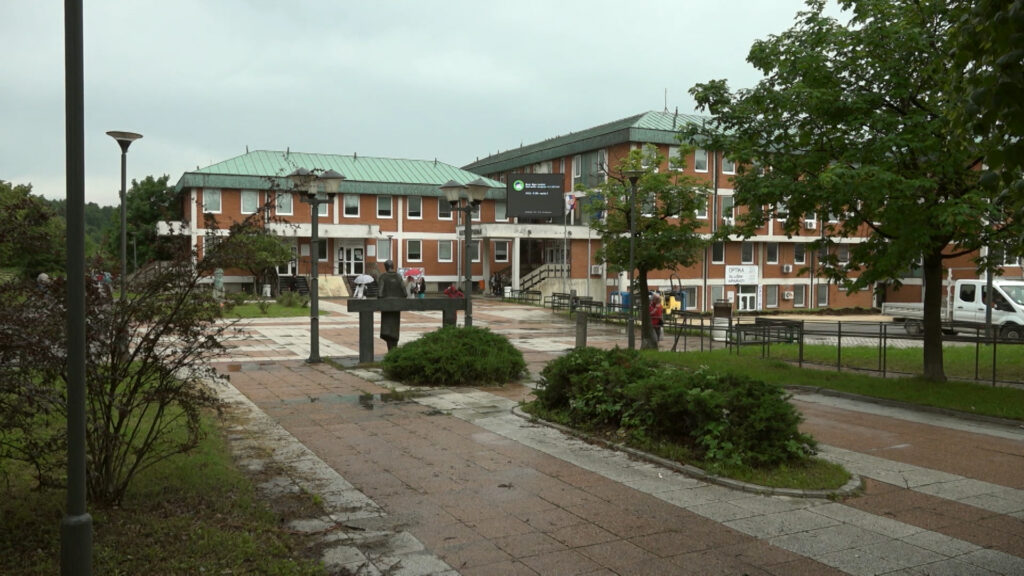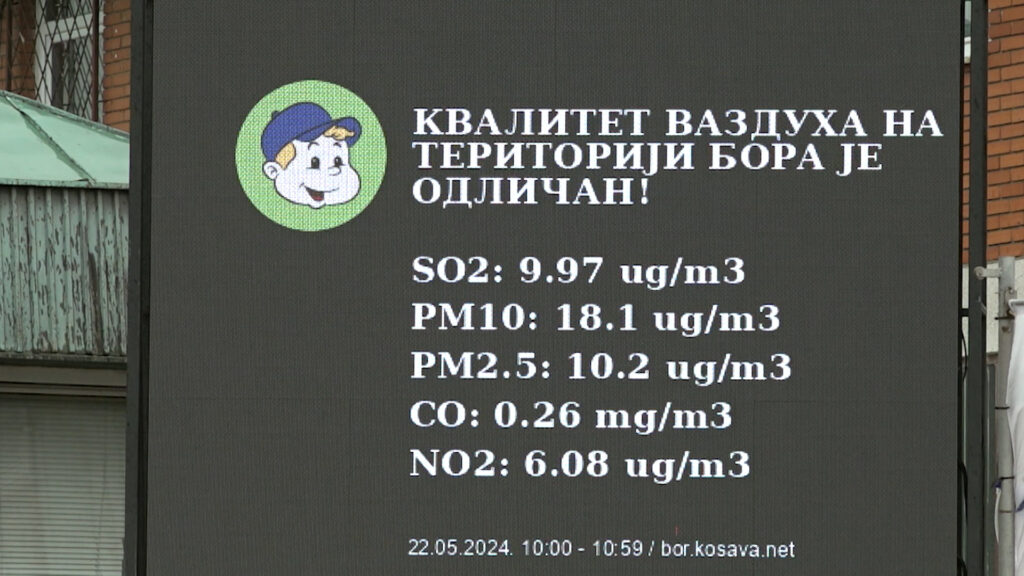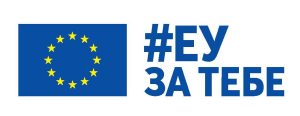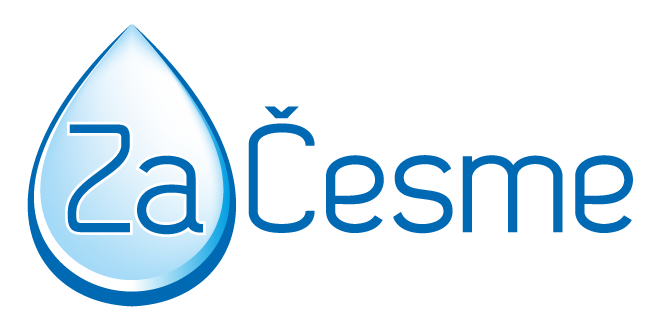
23/07/2024
Is the air in Bor really clean?
The sharp increase in copper and gold production in Bor began after World War II, but “dirty” technologies were used, which led to very serious environmental consequences. These were most evident along the banks of the Borska River, into which the waste water channel from the Smelter flowed without any filtration. This literally destroyed all forms of life not only in the Borska River but also in the rivers within its basin.
At that time, the major air pollutants in Bor were sulfur dioxide, nitrogen oxides, and dust particles, and more serious air pollution control only began in 2003, with the installation of automatic air quality monitoring stations. Air quality monitoring in Bor is now conducted within the national and local monitoring network. The national monitoring network consists of automatic measuring stations in Bor (City Park and the Mining and Metallurgy Institute), in the suburban settlement of Brezonik, and in the villages of Veliki Krivelj and Slatina. At all automatic measuring stations, sulfur dioxide concentrations are monitored, and in addition, at the measuring station in City Park, PM10 and PM2.5 concentrations are also monitored, while at the Institute, carbon dioxide and nitrogen oxides are monitored.

Photo: Dejan Todorović
With the construction of the new Smelter in 2015, it was believed that air pollution had come to an end, but even modern technology did not fully meet expectations.
During the last overhaul of the Smelter, which lasted from April 2022 to March 2023 and was carried out by the new owner of the mine (Zijin), ore processing was halted, and for the first time since mining began, there was no sulfur dioxide in the air over Bor. However, during the testing period of the new copper Smelter, which has 2.5 times the capacity of the old one (May, June, July 2023), an increase in the concentration of arsenic and cadmium was recorded at the measuring points “Jugopetrol”, near the Mining and Metallurgy Institute, and in the city park.
After the revamped Smelter began operations, a panel was installed at the Health Center in Bor at the beginning of 2024, displaying real-time concentrations of sulfur dioxide and suspended particles PM10 and PM2.5 from nine measuring stations. Judging by the displayed results, the air in Bor has never been cleaner, but environmental activists warn that there is a possibility of manipulation, as there is no information on the levels of arsenic, nickel, or cadmium.
Supporting the concerns of environmentalists are the results of measurements of heavy metal concentrations in the air, which show that in February and March of this year, the arsenic values in PM particles were up to 100 times higher than the permitted levels on several days. Nevertheless, what no one in Bor disputes is the fact that the concentrations of sulfur dioxide, once the main pollutant, are now within the permissible limits. Despite this, according to the Environmental Protection Agency, Bor is still a city with excessive air pollution.
The main problem, according to environmentalists’ opinion, is that the ore being processed contains not only high percentages of copper and gold but also elevated levels of arsenic, lead, and cadmium, which is the reason for the increased concentrations of these elements in the air.
Sources of suspended particles also include open-pit mines, overburden dumps, flotation tailings, metallurgical plants, heating plants, power plants, and individual heating systems.
Trends in the impact of mining on the environment are evidenced by the plans of the Chinese “Zijin Mining Group” to double the current annual production of 240,000 tons of copper and 7.5 tons of gold over the next five years. Environmentalists warn that such a scale of mining will have incalculable consequences for the environment and people.
Association “Za Drinking Fountains”
This text was produced within the project “Environmental response to mining expansion in Timočka Krajina” funded by the European Union, and implemented by the Association “Za Drinking Fountains”, the Association of Young Researchers Bor, Civic Library “Europe” Bor and Children’s Center Zaječar. The content of the text is entirely responsibility of these associations and do not necessarily reflect the views of the European Union.




